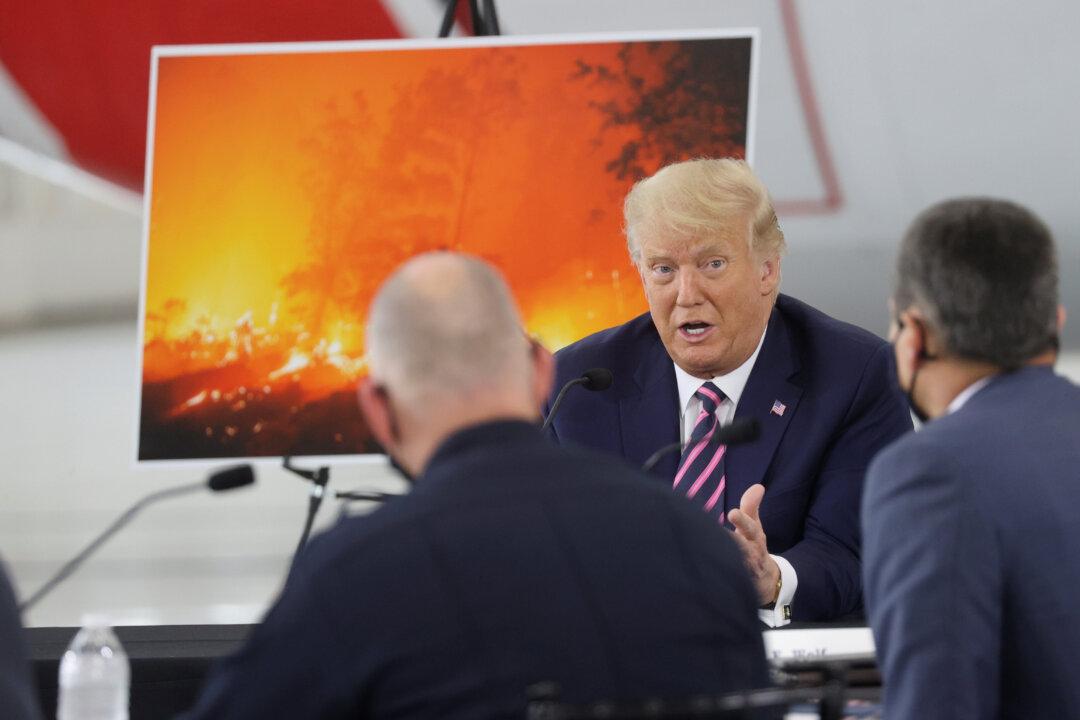Commentary
Over the past few weeks, thousands of “news” stories have claimed human-caused climate change is responsible for more frequent and severe droughts, heatwaves, and wildfires in the western United States.

Over the past few weeks, thousands of “news” stories have claimed human-caused climate change is responsible for more frequent and severe droughts, heatwaves, and wildfires in the western United States.